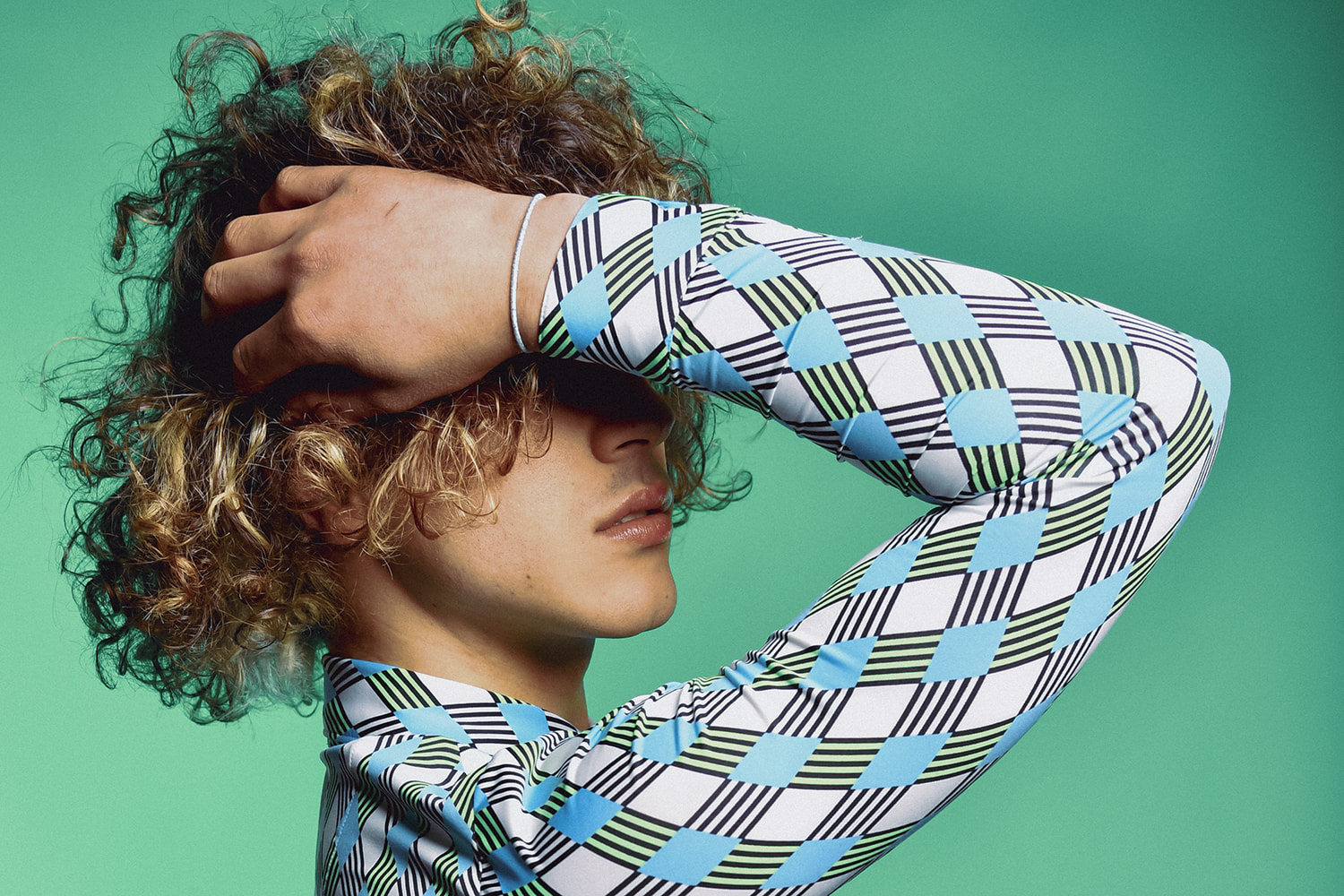
“We are women and we don’t want to grow old as men”
Two transgender women found refuge in each other when others rejected them.
|08.08.2022
|
Any attempt to express her gender identity was cut short when Anna entered school.
They realized that transgender women experience much more violence.

Dafina Halili
Dafina Halili is a senior journalist at K2.0, covering mainly human rights and social justice issues. Dafina has a master’s degree in diversity and the media from the University of Westminster in London, U.K..
This story was originally written in Albanian.